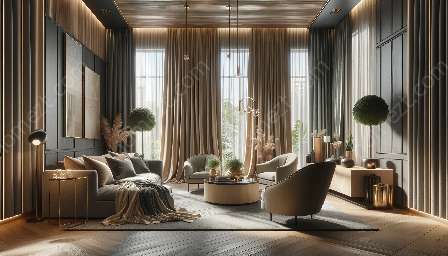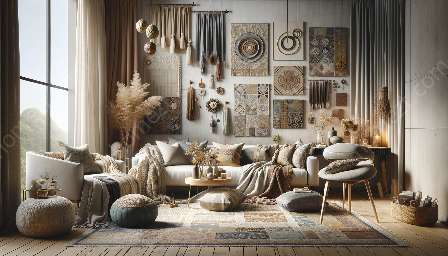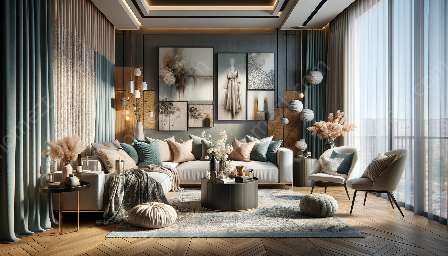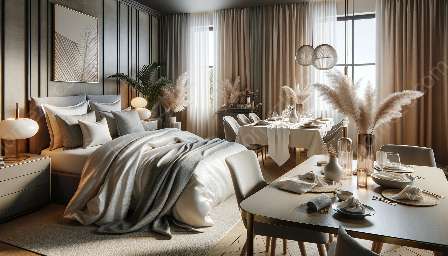When it comes to homemaking and interior decor, the use of drapery plays a significant role in creating a welcoming and aesthetically pleasing environment. Drapery, in the realm of textiles, encompasses a wide array of fabrics, styles, and techniques that can transform any living space into a place of beauty and comfort.
The Impact of Drapery on Interior Decor
Drapery serves as a versatile tool in interior decor, capable of adding warmth, elegance, and personality to a room. Whether it's through the use of curtains, drapes, or valances, the right choice of drapery can completely change the look and feel of a space, making it inviting and visually appealing.
Exploring Textiles for Drapery
Textiles are the foundation of drapery, and the choice of fabric can significantly impact the overall ambiance of a room. From luxurious silks and velvet to more practical cotton and linen, each fabric brings its unique characteristics to the table, affecting factors such as light filtration, insulation, and texture.
Key Considerations for Textile Selection:
- Light Control: Sheer fabrics allow natural light to filter through, creating an airy and open feel, while blackout fabrics provide privacy and block light, ideal for bedrooms and media rooms.
- Insulation: Heavier fabrics offer better insulation, helping to regulate temperature and contribute to energy efficiency.
- Texture and Style: The texture of the fabric, from smooth to textured, influences the overall aesthetic of the drapery and the room.
Techniques for Drapery Design and Installation
Creating and installing drapery involves various techniques that are essential for achieving the desired look and functionality. Understanding the different styles and methods can help in making informed decisions to enhance the visual appeal of any living space.
Common Drapery Styles:
- Rod Pocket: A simple and classic style where the curtain rod is inserted into a pocket at the top of the fabric.
- Pleated Drapes: Offer a tailored and formal look, with various pleat styles such as pinch pleat, goblet pleat, and pencil pleat.
- Tab Top and Grommet: Contemporary styles that offer a more casual and modern appearance, often used with lightweight fabrics.
Installation Tips:
- Proper Measurements: Accurate measurements ensure that the drapery fits the window or space perfectly, creating a polished and professional finish.
- Hanging Methods: Consider the various hanging methods, such as inside mount, outside mount, or ceiling mount, to achieve the desired aesthetic and functionality.
- Accessorizing: Finishing touches like tiebacks, valances, and hardware add to the overall appeal and cohesiveness of the drapery design.
Integrating Drapery into Homemaking
By understanding the art of drapery and its compatibility with textiles, homemakers can create inviting and visually stunning living spaces that reflect their personal style and preferences. Whether it's through the use of vibrant patterns, rich textures, or elegant designs, drapery offers endless possibilities for enhancing interior decor.
Conclusion
From choosing the right textiles to mastering installation techniques, the art of drapery is an integral part of homemaking and interior decor. By exploring the world of drapery and understanding its compatibility with textiles, individuals can elevate their living spaces to new heights of beauty, comfort, and style.










